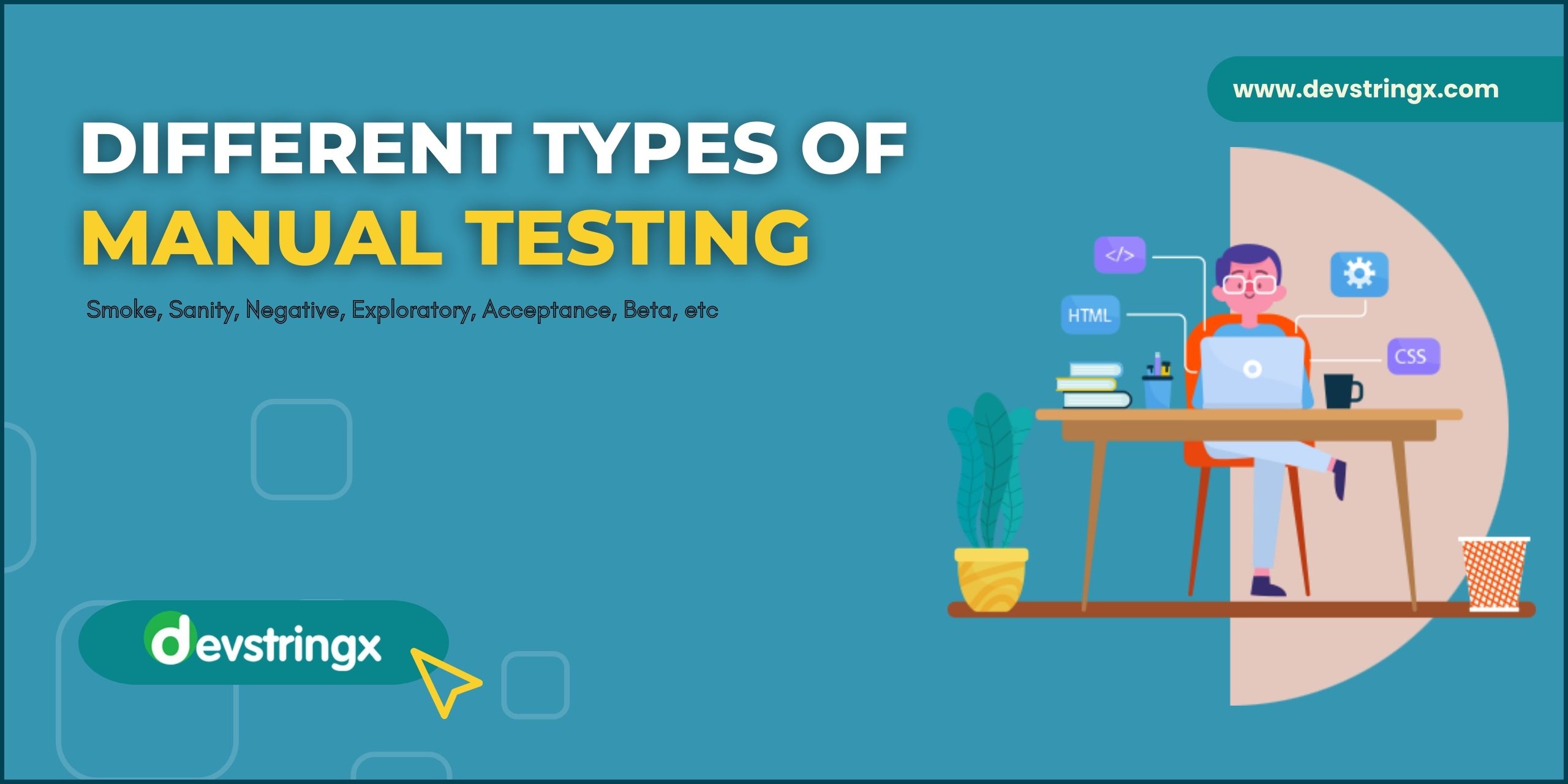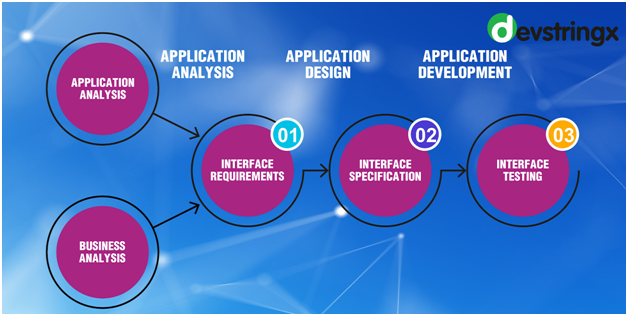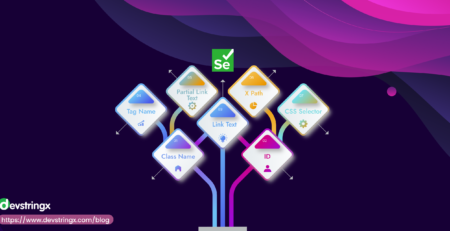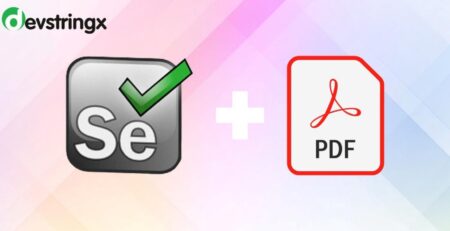Types of Manual Testing – Devstringx
What Is Manual Testing?
Test cases are manually executed during the software testing process without the use of an automated tool, which is referred to as Manual Testing.
An application’s performance of the established requirements is approved by manual testing. As needs are not typically disclosed, it can also act as an end-user to study the program by taking ownership of its usefulness.
By approving the end-user requirements, an analyst can understand the item and configuration of most trials while using the exploratory testing approach. This post chooses to depict many types of manual testing, but before we delve deeper, let’s look at some manual testing fundamentals.
Types of Manual Testing
Below are the several manual testing types:
- Smoke Testing
- Cross-browser Testing
- Acceptance Testing
- Beta Testing
- Exploratory Testing
- Negative Testing
Types of manual testing in brief:
Smoke Testing
Smoke testing is a high-level manual test used to determine whether the product meets its essential goals without having any fundamental flaws. Since smoke testing can only evaluate the product’s core functionality, it is not a thorough process.
Once another purpose has been demonstrated in a piece of programming, smoke testing is typically employed to inspect the fabrication. Before performing several smoke tests in a suite, the QA team often determines which components of the product should be inspected. We have written a detailed blog on What is Smoke testing? Read our blog to get the ultimate guide on Smoke testing.
Cross-Browser Testing
There is no guarantee that a website will look identical to every application because each software may react differently and produce the page according to its knowledge. These elements emphasize how important it is to conduct cross-browser testing before a site is launched. Cross-program testing is conducted to ensure a consistent user experience across all programs.
It is best to start cross-browser testing toward the conclusion of the development cycle so that the majority if not all, core functionality can be evaluated for how they render across various web browsers. Usually, the QA team or possibly architects are in charge of overseeing cross-browser testing. Since each pixel is personally known to the planning group, including them is frequently beneficial.
Acceptance Testing
Most manual testing methods focus on finding bugs, but acceptance testing is different. The goal of affirmation testing, which is also referred to as user acceptance testing or UAT for short, is to demonstrate how enthusiastically the program adapts to the needs and expectations of the client.
After addressing all bugs, acceptance testing is carried out. When undergoing acceptance testing, the product should be ready for the market because this type of testing is meant to give the customer a preview of how the product application would seem and function in real life. Recognition testing should be carried out by a real customer of the product. Given that it is carried out as the final testing step before moving into creation, following the turn of events and bug patches, it is maybe the most important type of testing.
Beta Testing
Before the product is released to the general public, beta testing is a standard method of getting input from actual users. Using actual use cases of the application enables programming teams to gather important insights from a wide range of clients. The product can be sent for beta testing once internal testing is complete. Now, especially if the beta testing crowd is open, the application should be accepted easily to handle a big volume of traffic. The common sense components involved in both closed and open beta testing may call for careful planning.
During a soft launch before the product is made available to the general public, beta testing is a popular procedure for getting input from actual consumers. Through real-world application use cases, it enables development teams to get important insights from a wide range of clients. After internal testing is complete, the product can be given out for beta testing. Now, the application ought to be easily approved to handle a large amount of traffic, especially if the beta testing crowd is open. Both closed and open beta testing’s common sense components can call for careful planning.
Recommended to Read- Brief Guide On Types of Software Testing
Exploratory Testing
Exploratory testing has very few structures or regulations. Instead of having to stick to a predetermined plan for every experiment, the analyzer is free to follow their passions and interests as they “explore” and learn more about the application while running tests. Exploratory testing is a sort of particularly designated testing that can be used occasionally, when the group deems it necessary, throughout the entire turn of events and testing stage. It is usually carried out by people other than analysts, including designers, item administrators, or engineers, due to the lack of custom involved.
Negative Testing
Negative testing validates how an application responds to the inclusion of purposefully invalid data sources. It may direct at various times throughout the course and testing phases, but only after error correction and exemptions have been offered. This type of testing is typically carried out by the QA team or designers, and it frequently entails tight collaboration with publicists to ensure that the proper information is included for each exception.
“If you’ve planned to test your product, Drop a message to us & get a free consultation call with our experts”














